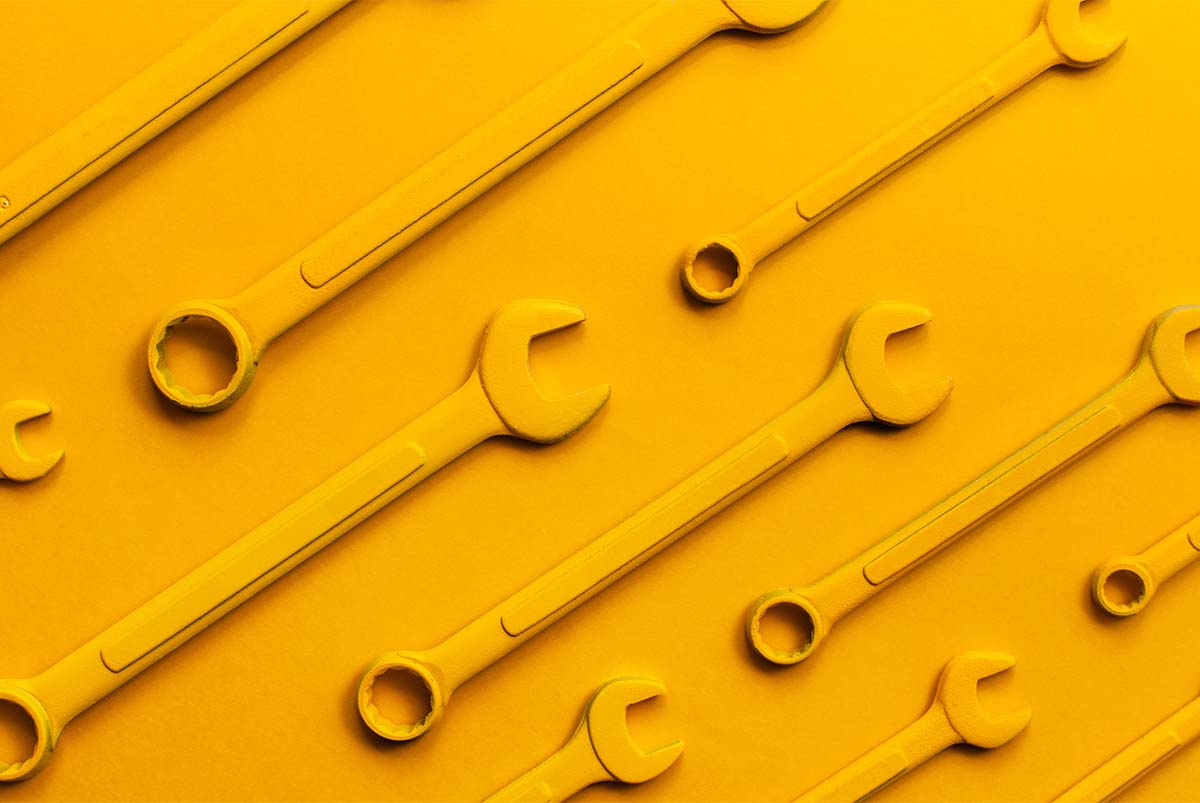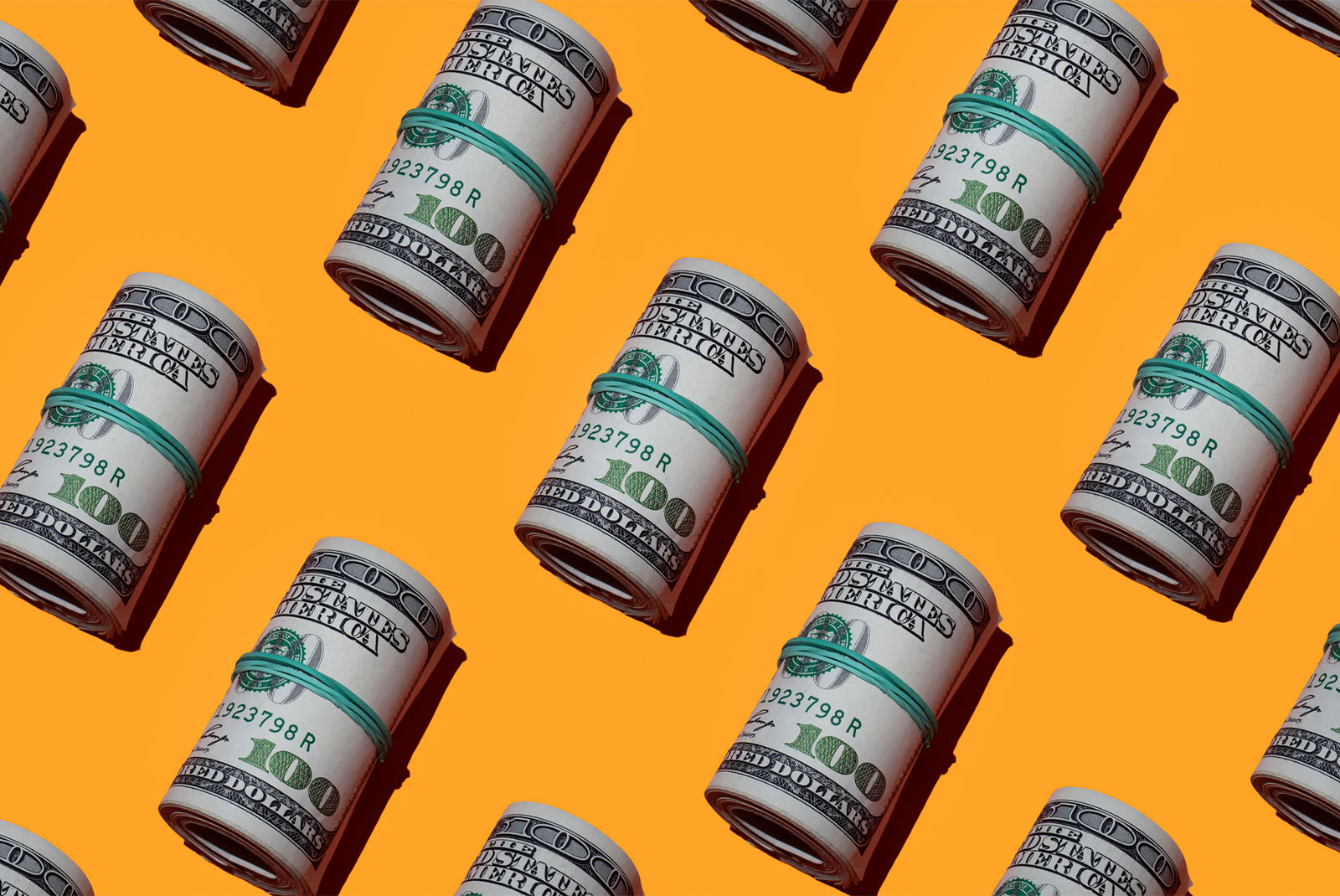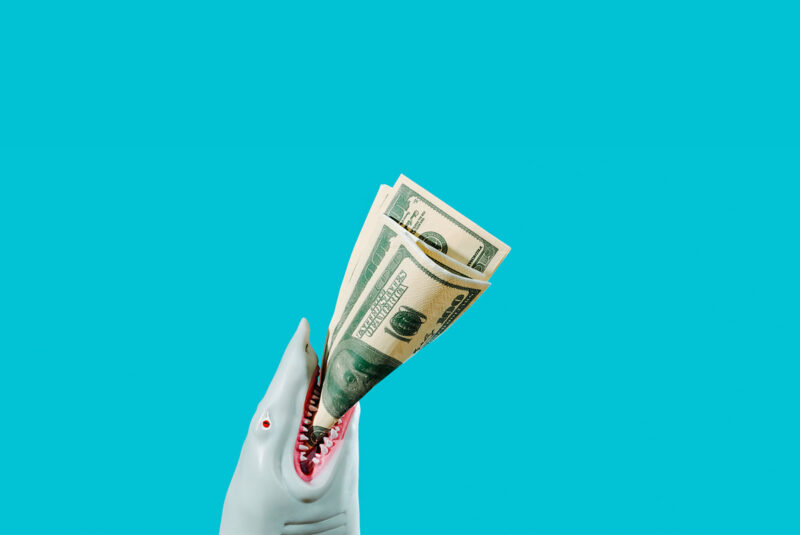The day you’ve been dreading as a car owner has finally arrived. Maybe your car made a weird noise, a rock hit your windshield or you walked out of a store only to discover a flat tire.
A peculiar noise, a cracked windshield or an unwelcome flat can be more than a personal inconvenience, it can become a financial inconvenience or burden too, especially if your repairs aren’t covered by insurance or a warranty.
If your car needs repairs you can’t afford right now, we can steer you toward several available financing options. We’ve put together a handful of them, including their pros and cons, so you can choose the best option for you.
Can You Finance Auto Repairs With a Personal Loan?
Personal loans can be one of the best ways to pay for an unexpected car repair. They’re a type of installment loan that can be used for almost anything, and the loans are usually unsecured (no collateral necessary).
The details
- You receive the money in a lump sum – sometimes in as little as 24 hours.
- You repay the loan with fixed monthly payments, usually over 2 – 7 years.
- Loan qualifications and terms will vary by lender, but most lenders will look at your credit scores, income and debt-to-income (DTI) ratio.
Personal loans for auto repairs are especially helpful if you’re on a tighter budget because you have more time to pay the loan back. A longer repayment period can help keep your monthly payments affordable – but you’ll pay more in interest over the life of your loan.
When you apply for the loan, your lender will run a hard inquiry on your credit report to determine your creditworthiness (how likely you are to pay back what you borrow). Your credit scores will take a temporary dip after the inquiry.
You can get a personal loan through a bank, a credit union (if you’re a member) or an online lender. Online lenders may have more relaxed requirements than banks or credit unions. If you’re worried about your chances of qualifying, check with online lenders first.
Can You Finance Auto Repairs With a Credit Card?
Using a credit card to pay for auto repairs can be a convenient option, especially if you are in a pinch – but there are some drawbacks.
Credit card interest rates are often higher than personal loan interest rates. If you can’t pay the cost of the repair(s) quickly enough, you could end up making the repair(s) even more expensive because of added interest.
While you repay personal loans with fixed monthly payments, if you’re using a credit card, your minimum monthly payments could change from month to month.
Using an existing credit card
Covering your repair(s) with a credit card can be a convenient way to cover the financial inconvenience of your car problems. But with credit card interest rates as high as they are, a credit card will likely only make sense if you can afford to pay off the balance right away.
If you’re deciding between a personal loan and a credit card, compare their interest rates and make the most money-savvy choice for you.
Using a new credit card
If you don’t have a credit card or you’re inching ever closer to your credit limit, try applying for a new credit card. A new card might be a better option if you can take advantage of introductory offers.
Find a card with a 0% intro APR offer. You usually pay zero interest on any purchases for 12 – 15 months. But remember, the interest moratorium has an expiration date. The interest rate will jump to its ordinarily high rate at the end of the introductory period. If you attempt this strategy, try and pay off the card’s balance before the intro period ends.
The details
- Once you’re approved for your card (sometimes instantly), you can start using it to pay for repairs.
- You’ll need to make the minimum monthly payments on your card until the balance is paid off.
- Eligibility requirements and interest rates will vary by credit card company, but issuers will look at your credit scores and income to approve your application.
Every time you apply for a credit card, an issuer will perform a hard inquiry. Apply for too many cards at once, and you could do some real damage to your credit scores. You should consider only applying for the card and credit limit you need.
Can You Finance Auto Repairs With a Mechanic?
Some mechanics and auto repair shops offer financing options like payment plans through partnered lenders and branded credit cards to use at their shop(s). They may even have promotional low or no interest offers during an introductory period that can make it easier to pay for immediate repairs.
Make sure you understand the terms of your agreement because the interest rate could shoot up after the introductory period. If you’re feeling confident about your ability to repay the repair(s) before the intro period ends, this can be a good financing option.
The details
- You may receive a lump-sum loan amount or a branded credit card to use.
- If you receive a loan, you’ll make fixed monthly payments until the loan is paid off. If you receive a branded credit card, you’ll make minimum monthly payments until the balance is paid off.
- Retailers will use your income to determine your eligibility for a loan or branded credit card and set the product’s terms. Because qualifying is based on income, these options are usually helpful for borrowers with bad or no credit.
Not all auto repair shops and mechanics offer financing, ask the shop before you decide to work with them.
Can You Finance Auto Repairs With a Home Equity Loan or HELOC?
If you’re a homeowner, you can use the equity in your home to borrow money through a home equity loan or a home equity line of credit (HELOC). This may be a viable option if you need to make substantial repairs like replacing cylinders, installing a new engine or replacing a hybrid car battery.
Home equity loans and HELOCs have lower interest rates than personal loans or credit cards. Why? The trick is that your home serves as collateral for the loan. And when a loan is secured by collateral, interest rates are usually lower. That’s the good news.
The potentially concerning news is that because your home is the collateral, your home is on the line if you default on the loan. Your lender may seize your home to cover the cost of your debt if you default.
You’ve got to think long and hard before you decide to take out a loan on your home to fix your car. If you’re not confident you can pay the loans back, you should probably look into other financing options.
Let’s look at the difference between home equity loans and HELOCs:
- Home equity loan: This loan functions like a personal loan. You receive a lump sum and repay the loan in fixed monthly installments over time.
- HELOC: This loan (which is a line of credit) functions like revolving credit – think credit cards with a twist! There is a draw period when you can borrow money and a repayment period when you can no longer withdraw funds and must pay down your remaining balance. HELOCs typically have variable interest rates, so your monthly payments can change.
The details
- Whether you’re taking out a home equity loan or a HELOC, the amount you can borrow will be based on your combined loan-to-value (CLTV) ratio. CLTV will take into account how much you owe on your mortgage and how much you want to borrow for your auto repair(s). The less you owe on your mortgage, the more money you’ll likely be able to borrow.
- The way you repay the loan will depend on the financing you choose. Either way, you’ll make monthly payments.
- To qualify for either loan, lenders will review your income, credit scores and DTI. They’ll use the same financial info to set the loan’s terms. You typically need at least 15% – 20% equity in your home to apply for a home equity loan or HELOC.
Are There Other Auto Repair Financing Options?
Glad you asked! There are a few other financing options that may work for you.
Auto equity loans
An auto equity loan is similar to a home equity loan, but instead of borrowing against the equity in your home, you borrow against the equity in your car. You can even take advantage of this option if you’re currently financing your car. The more you’ve paid off your car loan, the more money you’ll likely be able to borrow.
You receive a lump-sum amount (sometimes in as little as 24 hours) that you repay with fixed, monthly payments over the length of the loan. Your loan terms will be based on your credit scores and income.
Because auto equity loans are secured loans, their interest rates are usually lower than unsecured personal loans and credit cards. Just make sure you can afford to repay the loan. Otherwise, your lender may take your car if you default.
Payday loans
Payday loans (aka cash advances) let you borrow small amounts of cash quickly, usually between $500 and $1,000. You may even qualify for a payday loan without a credit check. BUT, these loans come with sky-high fees. If you’re already dealing with bad credit or struggling financially, a payday loan could easily trap you in a vicious cycle of debt.
When you take out a payday loan, you usually have about 2 – 4 weeks to repay the loan (plus fees). If you can’t repay the loan, the payday lender may roll your loan over to your next pay period and tack on more high fees.
Title loans
Like a payday loan, a title loan is a high-interest, short-term loan. Unlike a payday loan, a title loan uses your car title as collateral. You usually have 30 days to repay the loan in full once you receive the money. If you can’t pay it, the lender may either roll your balance over to the next month (which means paying rollover fees) or you risk losing your car.
And just so you know what we’re talking about, the APR for a title loan is around 300%.[1] If you can’t repay your loan in 30 days, you’ll risk falling into a debt trap.
Auto Repair Financing FAQs
Auto repair loans can be used to cover pretty much any expense related to repairs – from new tires to auto body damage to a new brake system. While it’s nice to know you can use an auto repair loan for pretty much anything, try not to use it for vanity upgrades. Only borrow what you need for repairs and can afford to repay.
You can get an auto repair loan at banks, credit unions, online lenders and even some auto repair shops.
loan just yet. You may have to do a little more research but look for a lender that offers bad credit loans. When in doubt, try a secured loan or recruit a co-signer.
You’re in the Driver’s Seat
Shop around to find the best repair shop and financing options. Chat with your neighbors and check online reviews. Ask around so you don’t end up going with the first mechanic or loan option you come across. First doesn’t always mean best!
Whatever financing option you choose, make your payments on time. Missing or late payments have a way of idling on your credit reports and hurting your credit scores.
Remember, when it comes to finding the best financing option for your budget, you’re in the driver’s seat. And if you can, consider revving up your savings game so you have an emergency fund to dip into for future repairs.
The Short Version
- Auto repair loans can be used to cover pretty much any expense related to repairs – from new tires or auto body damage to a new brake system
- Personal loans can be one of the best ways to pay for an unexpected car repair
- Some mechanics and auto repair shops offer financing options like payment plans through partnered lenders and branded credit cards to use at their shop(s)
Consumer Financial Protection Bureau. “CFPB Finds One-in-Five Auto Title Loan Borrowers Have Vehicle Seized for Failing to Repay Debt.” Retrieved June 2022 from https://www.consumerfinance.gov/about-us/newsroom/cfpb-finds-one-five-auto-title-loan-borrowers-have-vehicle-seized-failing-repay-debt/




